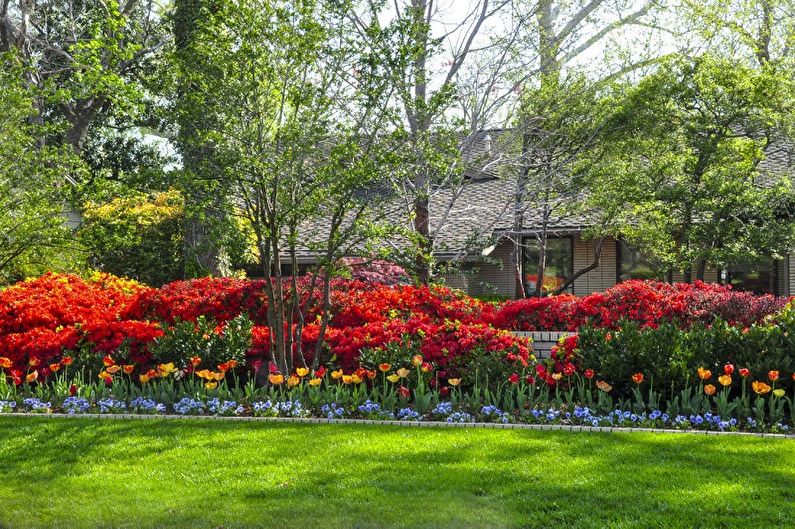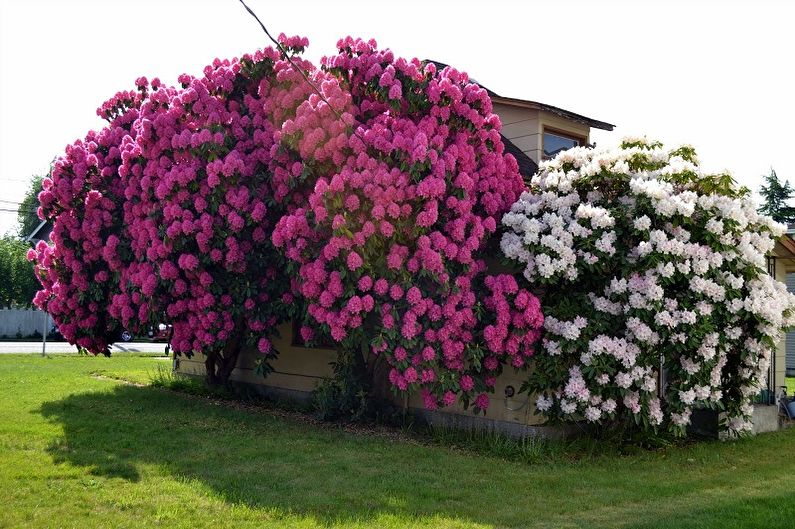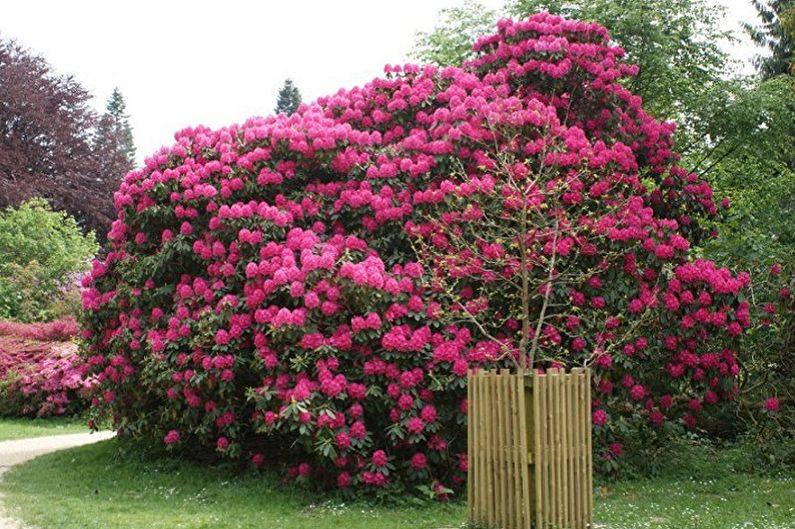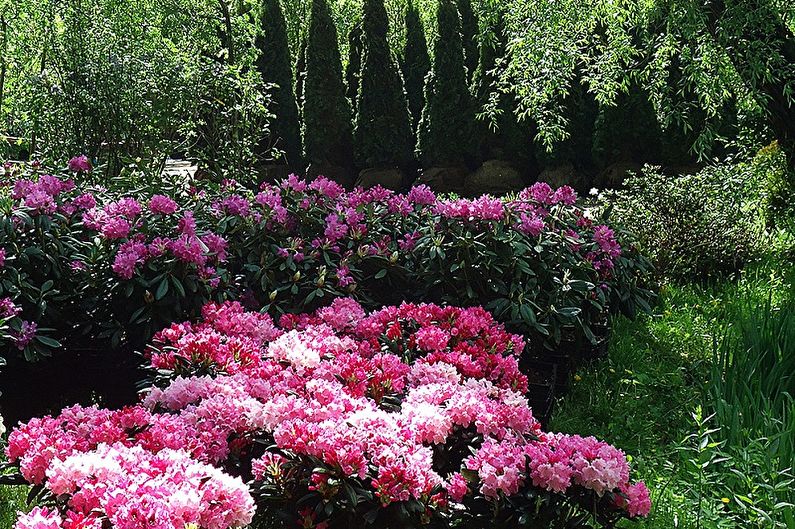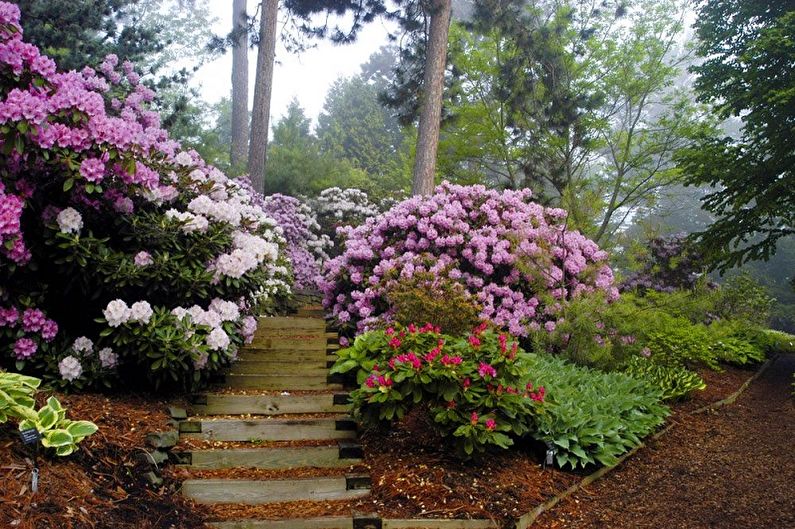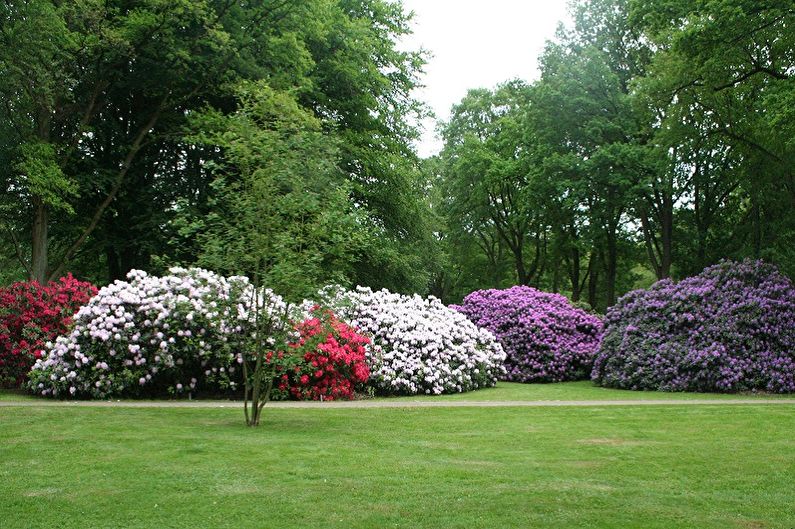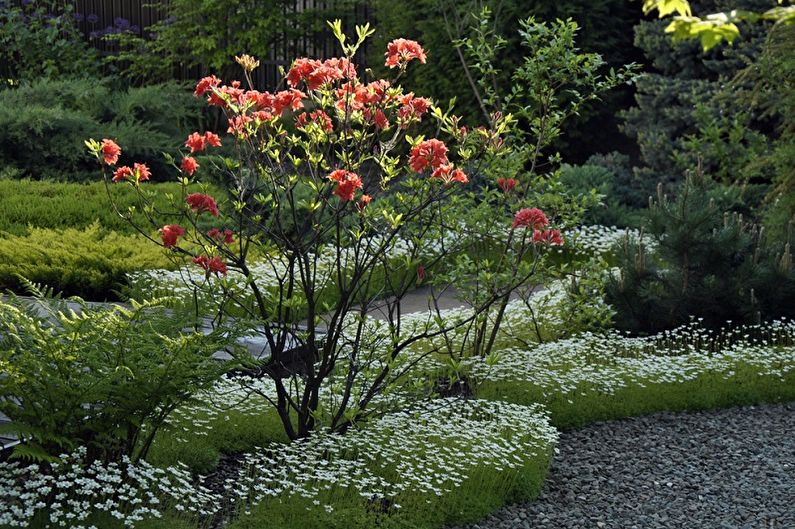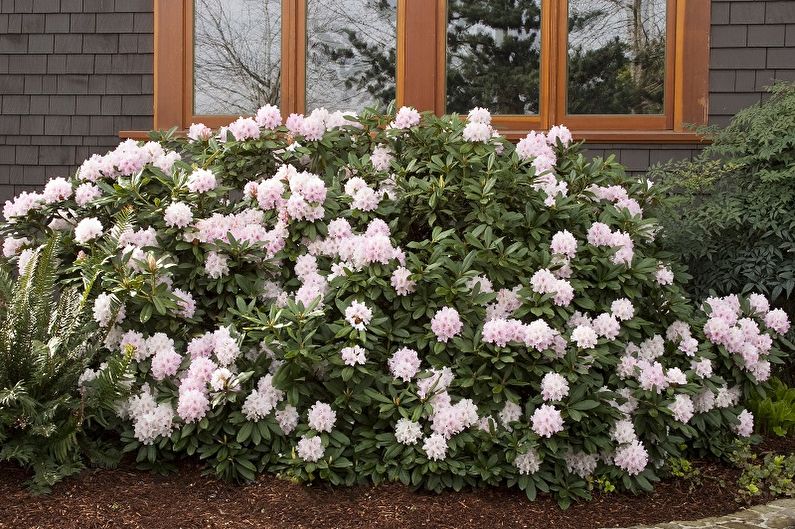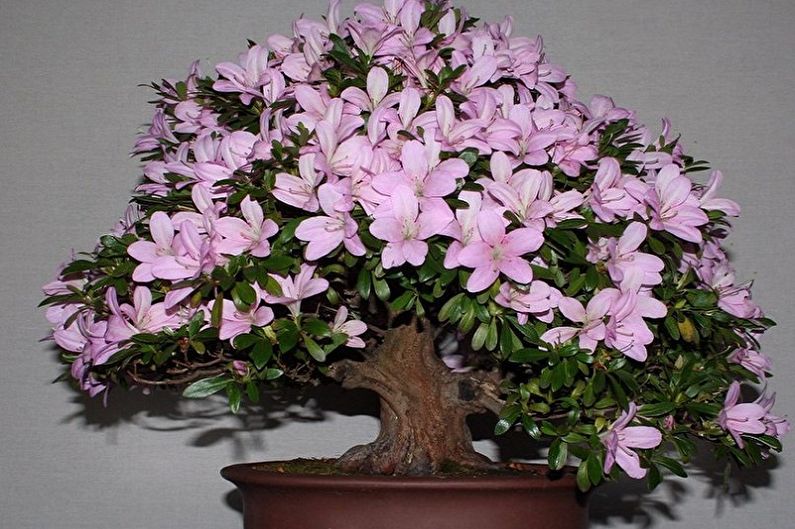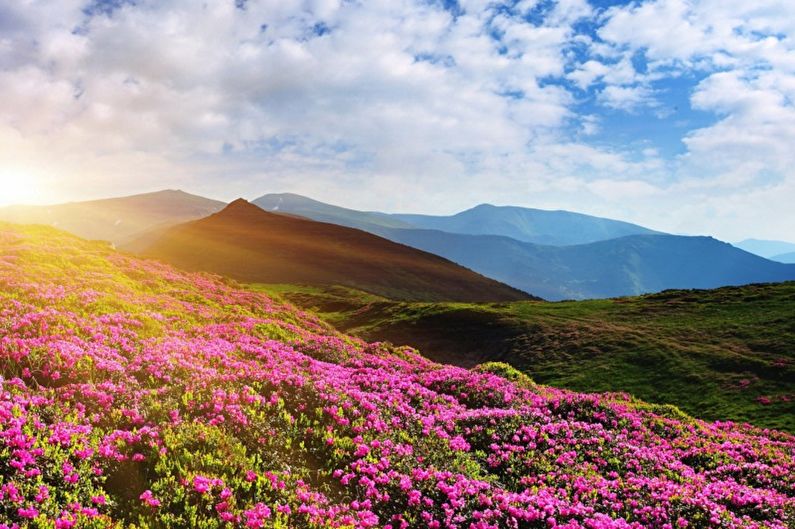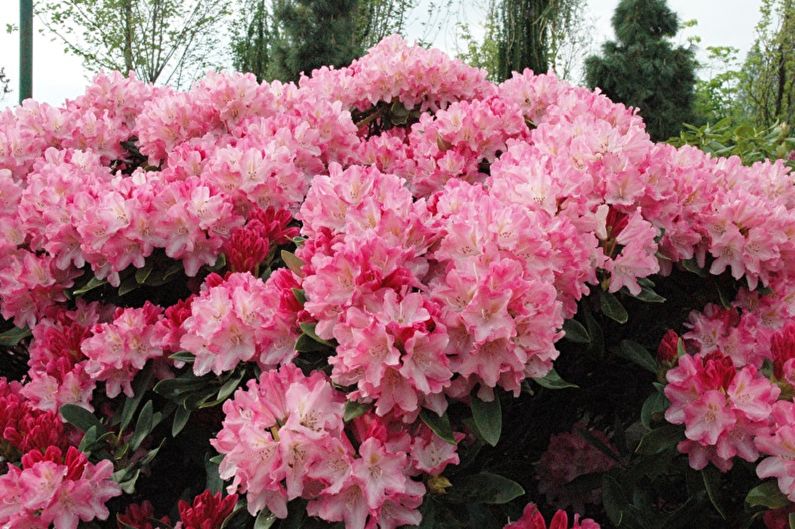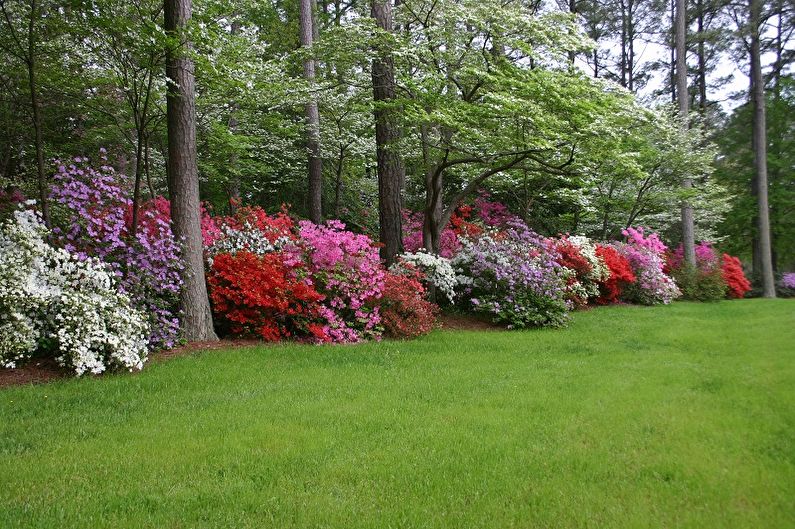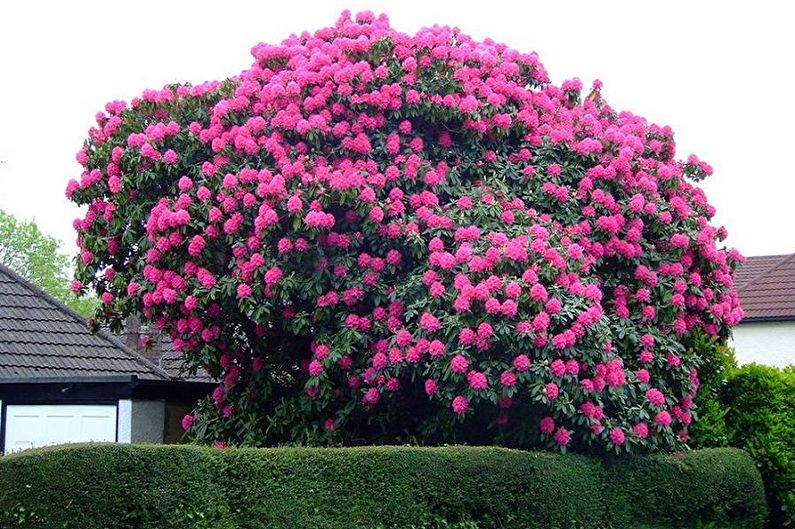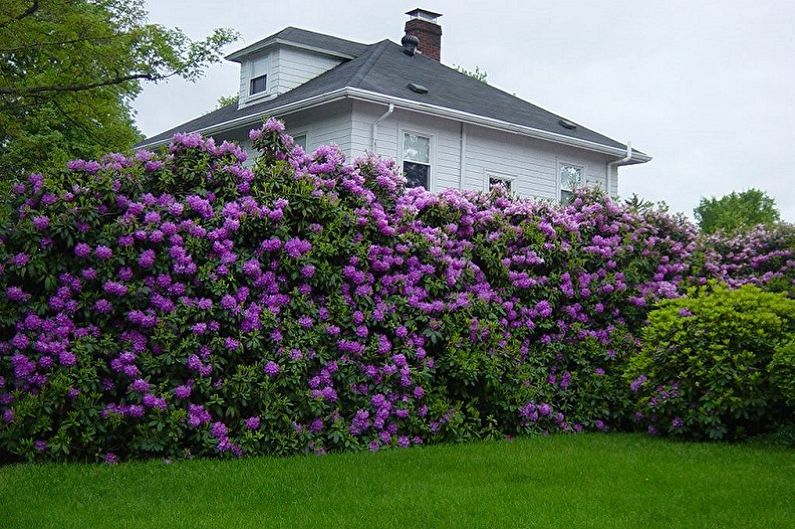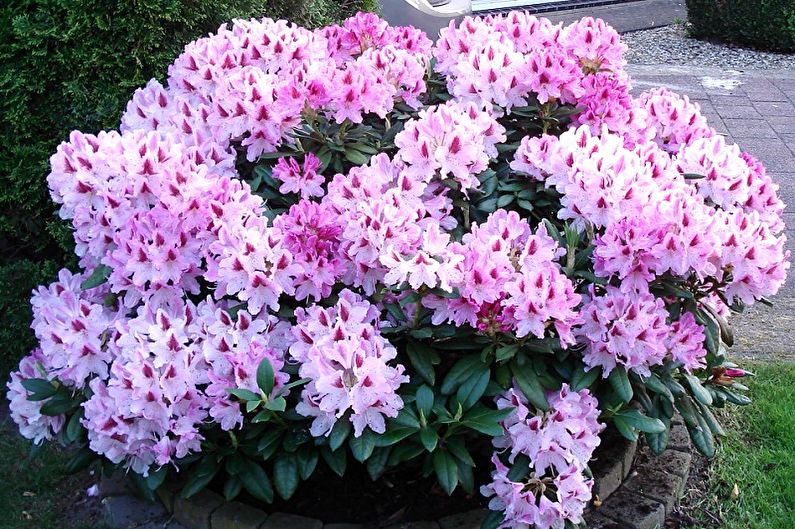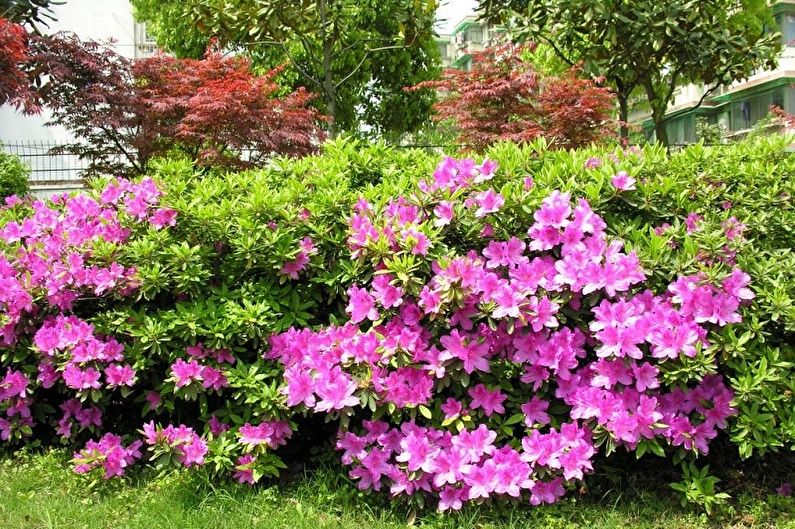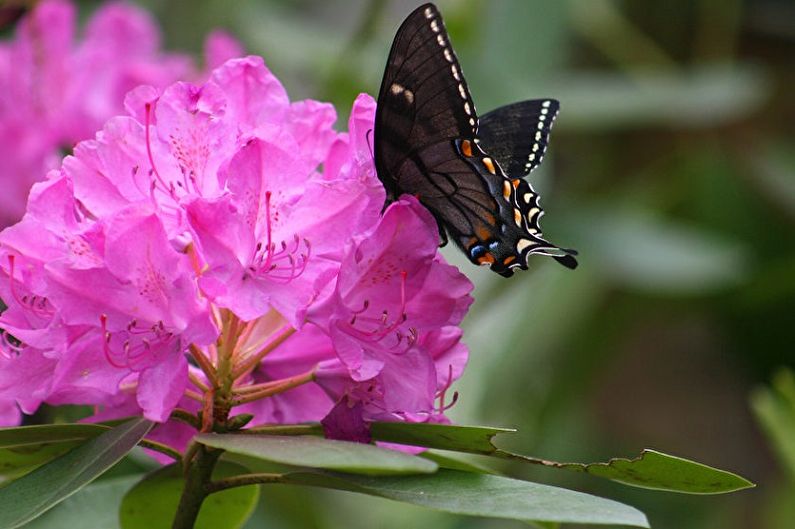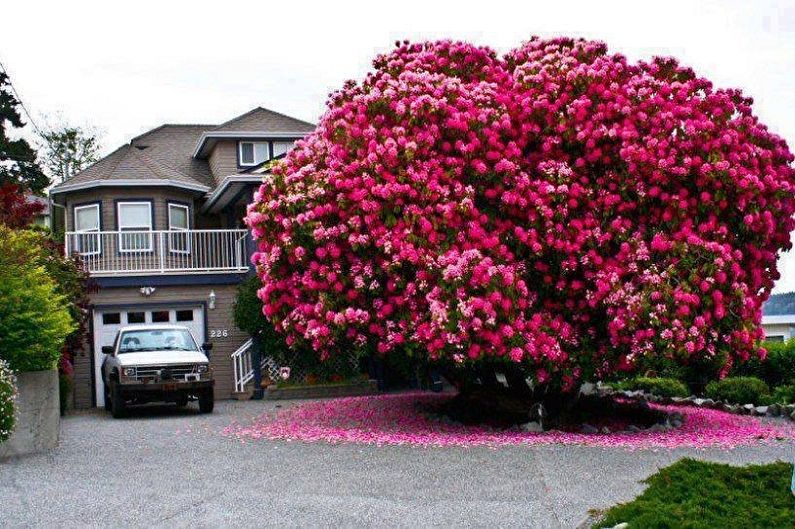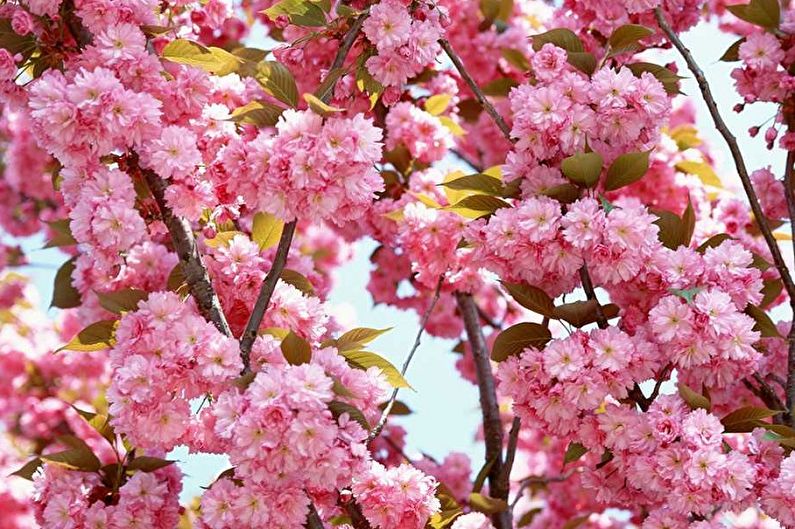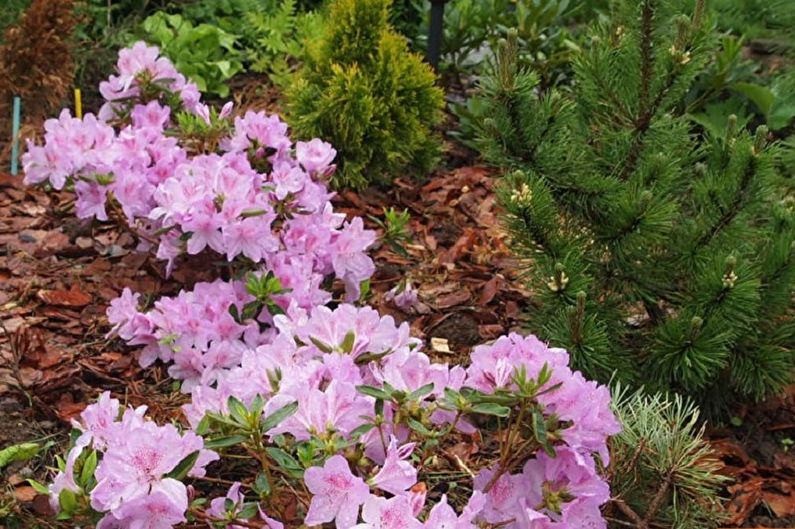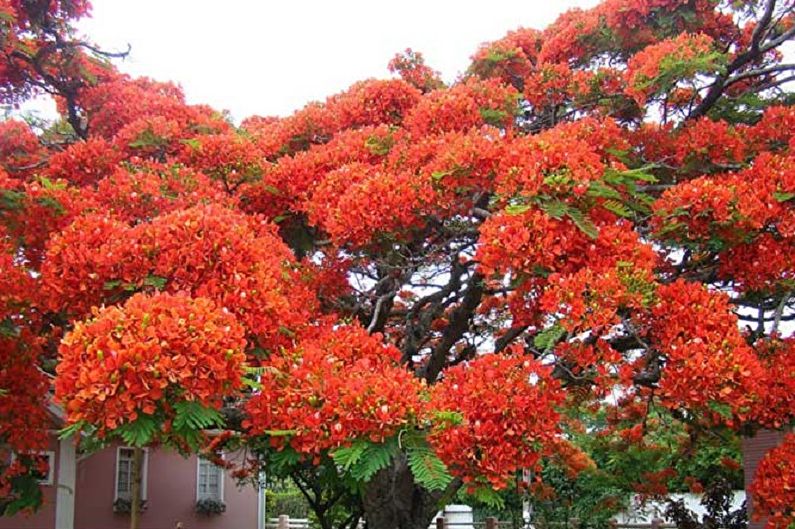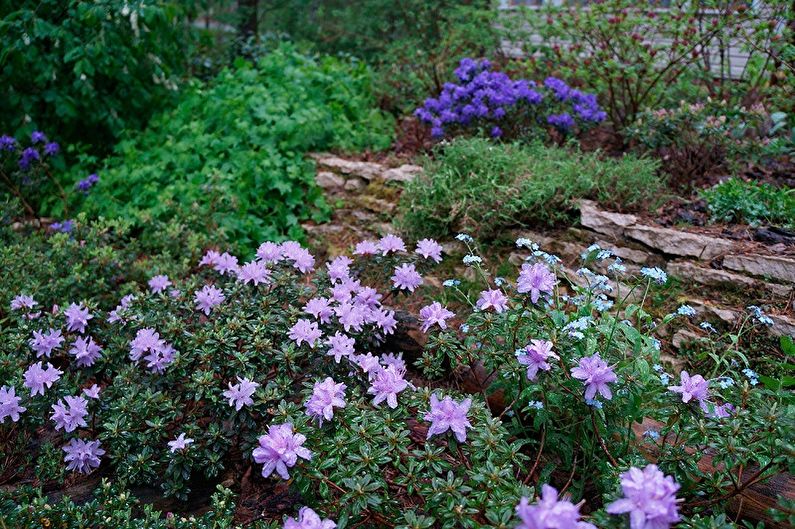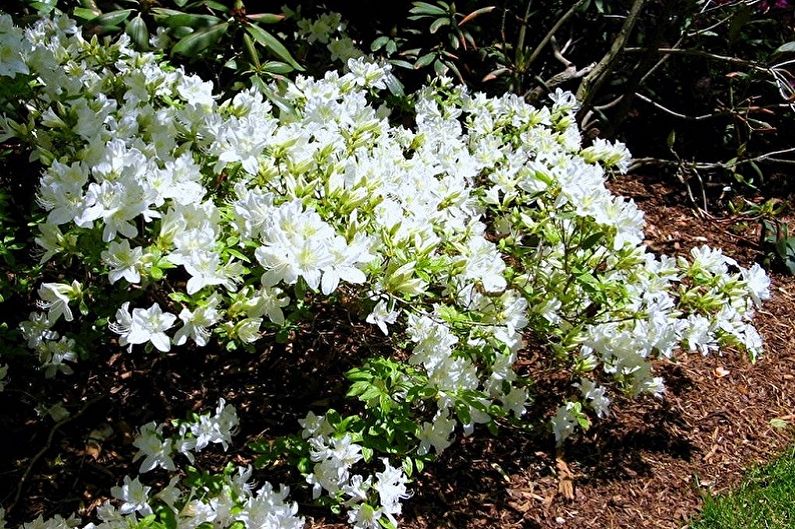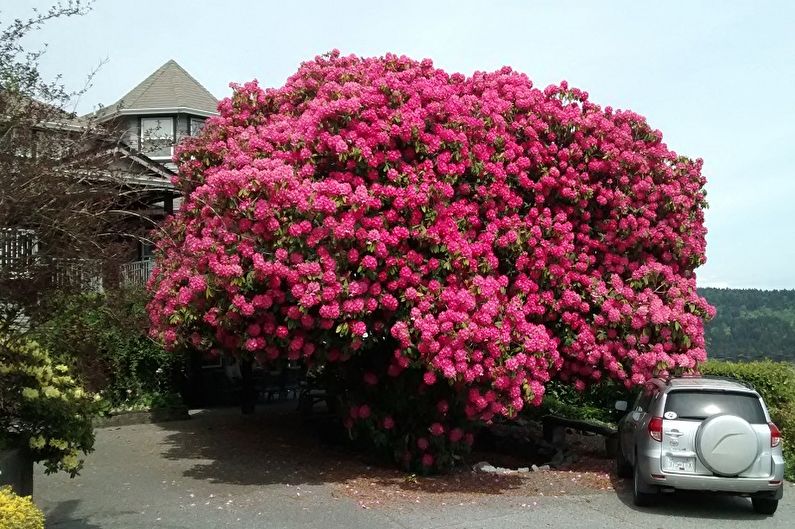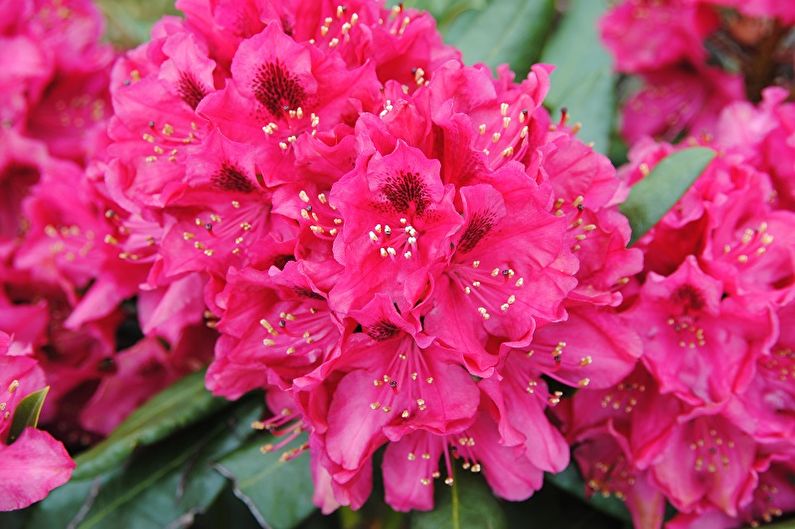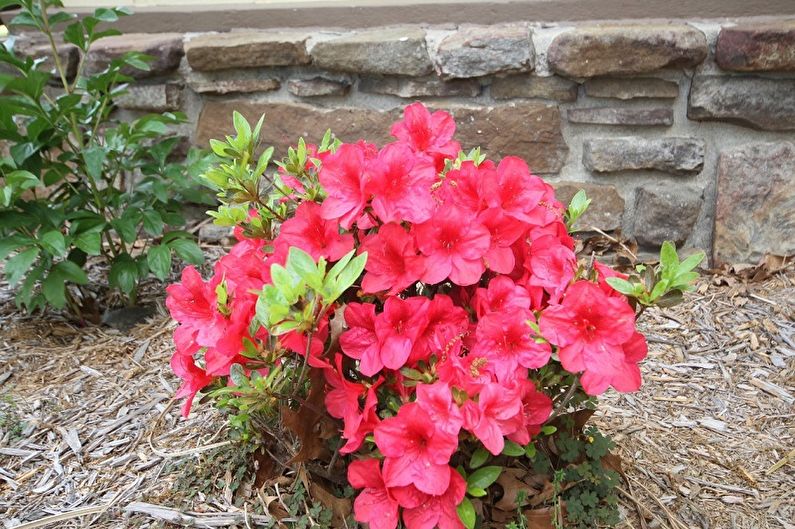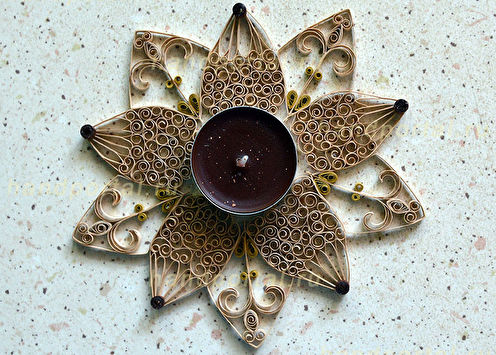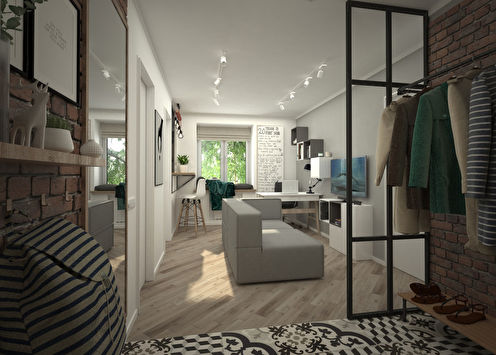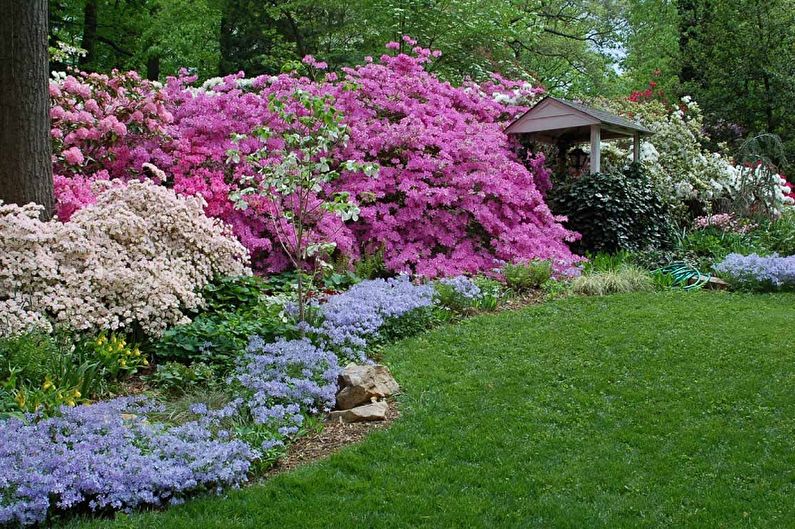
Thanks to the lush and bright flowering, rhododendron bushes instantly attract attention in the garden. From afar, they resemble cumulus clouds illuminated by the setting sun - white, yellow, orange, red, purple, pink in all possible shades and shapes. Nearby it is noticeable how numerous five-petalled flowers, similar to miniature bouquets of lilies, completely cover the plant, without leaving even leaves in sight. And although the genus Rhododendron has more than 600 species, azaleas use a special arrangement of gardeners - a popular ornamental shrub that is often found in landscape design, and dwarf varieties - in indoor floriculture.
General characteristics of rhododendron (azaleas)
The natural habitat of most rhododendrons is alpine meadows and light forests in the temperate zone. In the wild, these shrubs can be seen mainly on the mountain slopes of the Northern Hemisphere from the Alps to the Himalayas. Some species also grow in Siberia, in China, Japan, certain regions of North America and even in Australia, where the National Park of Rhododendrons was created.
In summer, the abundant flowering of azaleas against the background of the surrounding velvet greenery looks especially impressive. Tall bushes are usually located in partial shade of trees, creating cozy alleys and park compositions. Compact low-growing varieties adorn flower beds, walkways, exteriors and interiors of houses. A miniature evergreen azalea is used as a room or greenhouse flower, which, with its decorative features, successfully competes with the most capricious exotic plants.
Nevertheless, the cultivation of rhododendron, especially in an apartment, cannot be called safe. All parts of this culture (branches, leaves, petals) contain the toxic substance andromedotoxin glycoside, which provokes poisoning of people and animals, including the prolonged inhalation of volatile ethers from the air. Even honey collected by bees from azalea flowers becomes unusable - its use in food can cause extremely serious consequences, even death. To avoid getting juice on the skin, it is better to take care of these bushes with gloves, and keep the plants themselves away from children and pets.
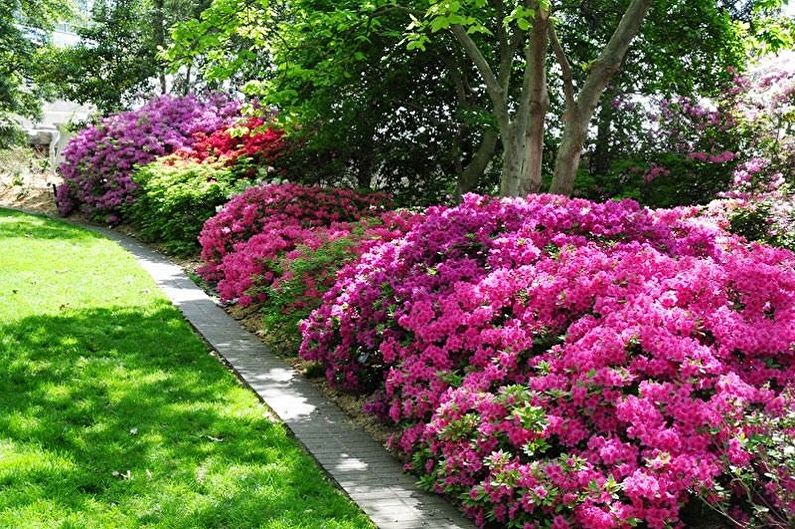

Rhododendron Care
The natural environment of rhododendrons leaves an imprint on their preferences regarding weather and basic biological needs. Mountain shrubs form a shallow but vast root system that develops well only in acidified soils in the absence of large trees nearby. The surface roots are not able to fully provide the plant with water, so the moisture is actively collected by leaves - they attract H2O molecules from the air, and then the droplets formed on a smooth surface flow down to the branches and trunk.
Lighting
Like many plentifully flowering bushes, azalea loves well-lit areas, although the larger the plant, the better it tolerates partial shade. It makes no sense to plant a rhododendron in a completely shaded place - it is unlikely to wait for the buds there. Leaves can burn under the scorching rays, so in the southern regions it is advisable to shade the plant or choose cooler areas of the garden.
The best neighborhood for it is formed by conifers: pines, larch, arborvitae, cypress trees, but trees with a lush crown and shallow fibrous roots should be located as far as possible.
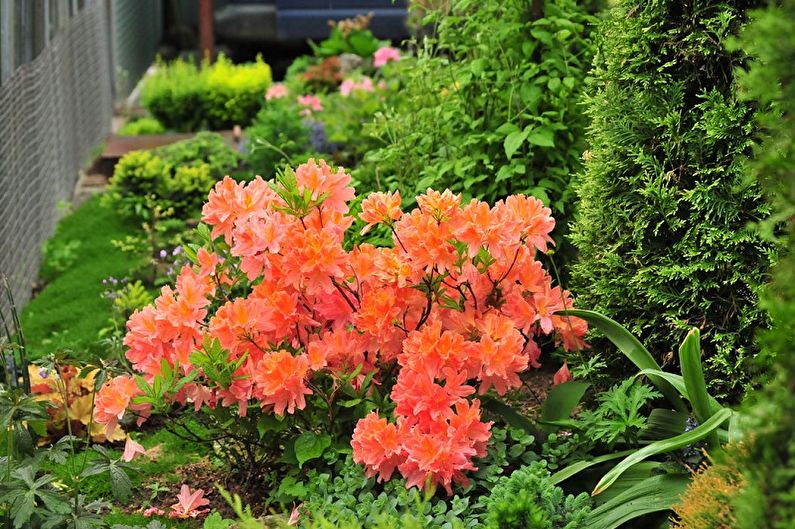
Temperature
When choosing a variety for planting on the street, it is necessary first of all to pay attention to frost resistance.In the middle lane, deciduous and Japanese azaleas are most often cultivated - species that can tolerate short-term frosts up to -27C (in the presence of shelter). The optimum temperature for indoor rhododendrons is + 10 ... + 15C in the autumn-winter time and + 15 ... + 20C in the summer. Garden bushes also prefer freshness and do not tolerate heat very well.
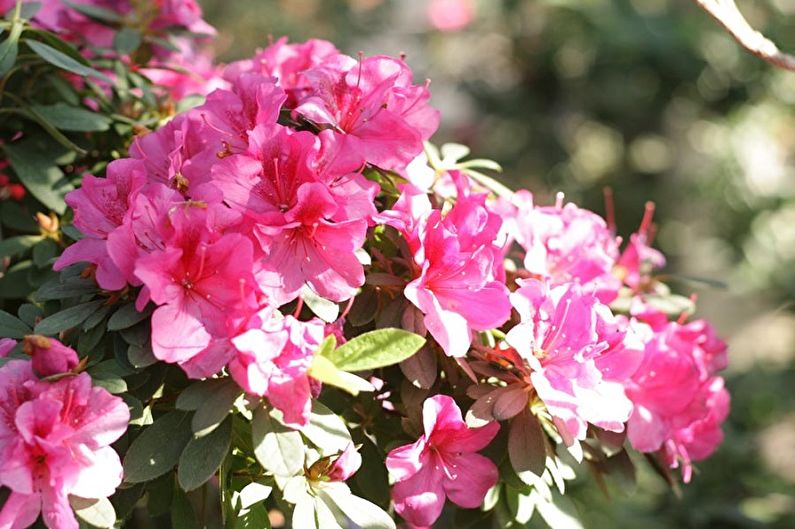
Watering
Moisturizing is especially important for dwarf and young azalea bushes. To prevent the plant from dying, one must not allow either complete drying out or excessive swampiness of the soil, providing regular moderate watering. It is advisable to spray the leaves of rhododendron with standing water from a spray bottle, and in the garden it will benefit from short-term rains and fogs.
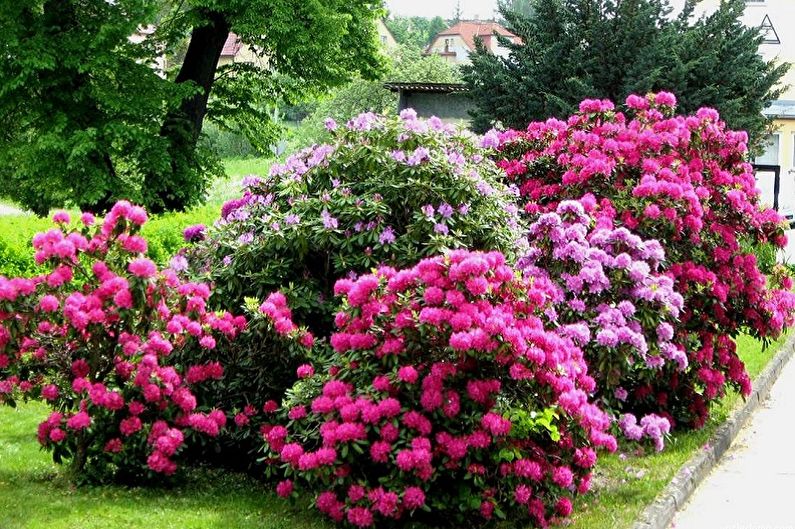

Pruning
Both street and indoor azaleas after withering flowers should be trimmed. This removes dry and excess side branches, and as a whole, about a third of the total height is cut. This shortening saves the strength of the plant, due to which more flower buds are laid in it for the next year.
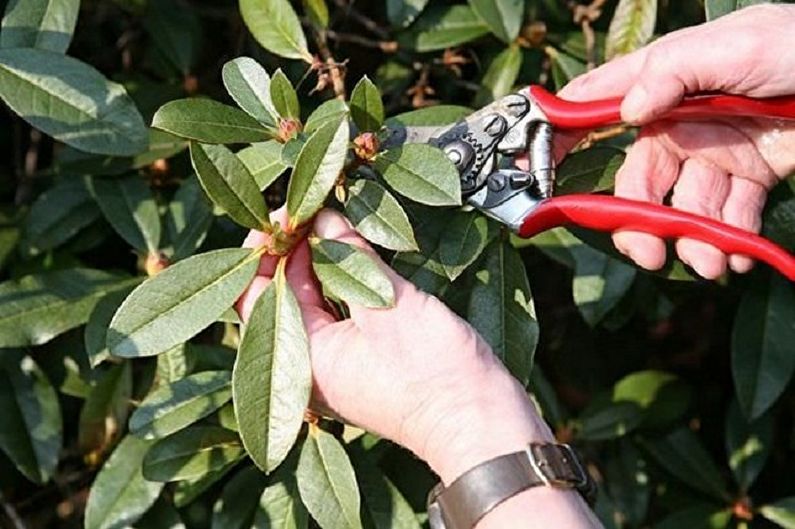
Rhododendron Landing
As a rule, the first planting of rosewood (that is how the name "rhododendron" is translated from Latin) is carried out from a purchased seedling. Moreover, for garden and home species, recommendations on the composition of the soil are approximately the same. All types of azaleas fit light acidic soil with a sufficiently nutritious filling. A mixture of rotted needles (can be taken in a pine forest), peat and chernozem in approximately equal proportions is well suited. Also, the earth does not hurt to fertilize with organic matter in the form of humus or compost from plant debris.
The capacity for indoor rhododendrons is selected depending on the volume of the roots - usually this is a fairly wide pot with a margin for growth of about 5–8 cm. A pit about 60–80 cm wide and 40–60 cm deep is dug under the garden bush. At the bottom, it is imperative to lay up to 10 cm of drainage, then fill the prepared mixture and plant the plant together with an earthen clod well-soaked in water, without deepening the root neck.
The best time for rooting azaleas in the open air is from early April to mid-May and August to early October. It is during this period that the temperature and humidity in the street is quite comfortable, so that the young plant has time to adapt to the new environment at the beginning of flowering or to the first frosts.
If the climate in the region is cold in winter, then with minimal risks of soil freezing, rhododendrons should be covered. Around November-December, the earth around the bush is abundantly watered, and then mulched with a layer of dry vegetation (10-15 cm) - hay, leaves, coniferous litter - and sprinkled with earth. Heat-loving varieties need shelter of the whole plant, along with the trunk and branches. For this, special wooden structures are used, but in no case is a film, since it blocks the access of air. In spring, when warming, protection is removed gradually, at first only in the morning and evening hours, so that young leaves do not burn out in the bright sun.
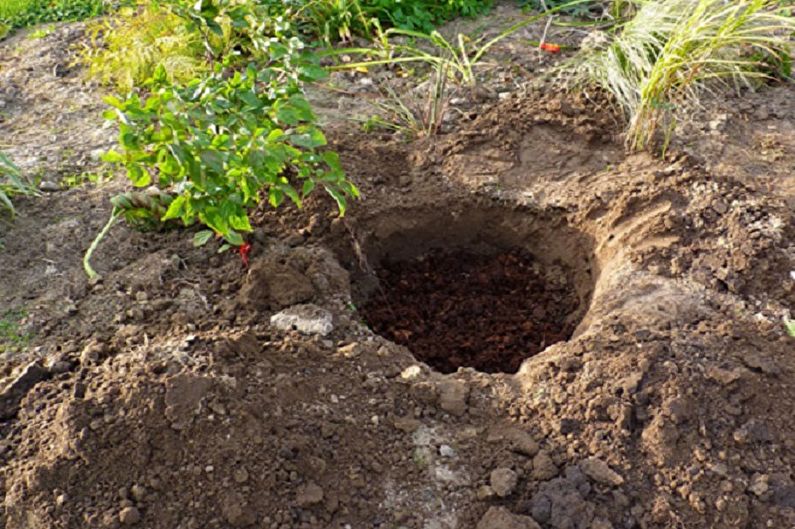
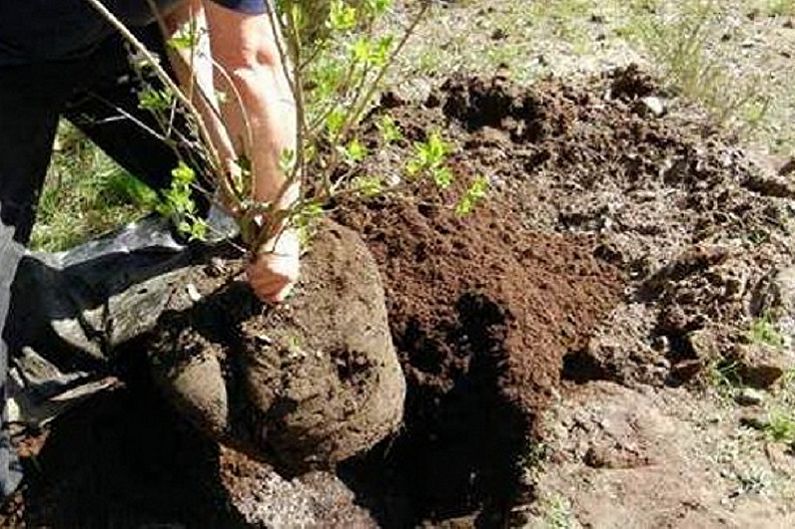
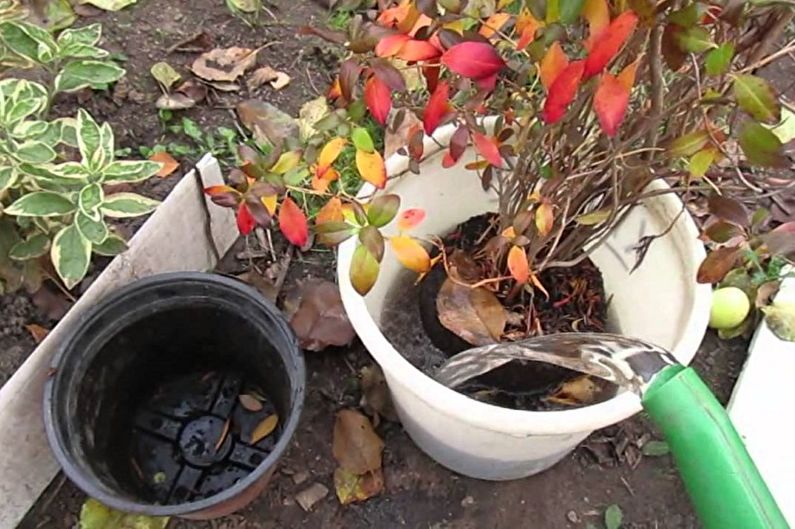
Rhododendron Reproduction
There are several methods of propagation of azaleas: seeds, cuttings and division of the bush. The first method is very painstaking, therefore it is used mainly in nurseries for the mass cultivation of seedlings. Young shoots need a constant temperature of + 20C, regular watering and additional illumination in winter, which creates many difficulties for amateur gardeners.
Rooting the cuttings is a faster process, with its help in a year you can get a young bush. To do this, the incompletely woody part of the branch with several buds is selected, cut to about 12-15 cm and buried 3-4 cm in well-moistened peat. It is important to ensure constant soil moisture and a warm, about + 20С, climate. To create a greenhouse effect, the sprout can be covered with a plastic bottle or a glass jar. After rooting, a transplant is carried out to a permanent place, as described above.
Division of the bush is carried out during transplantation.For this, adult azalea is divided into several parts, each of which is planted in a separate container or pit. The first few weeks, the plants are abundantly watered with the addition of Kornevin or another drug that stimulates the development of the root system.
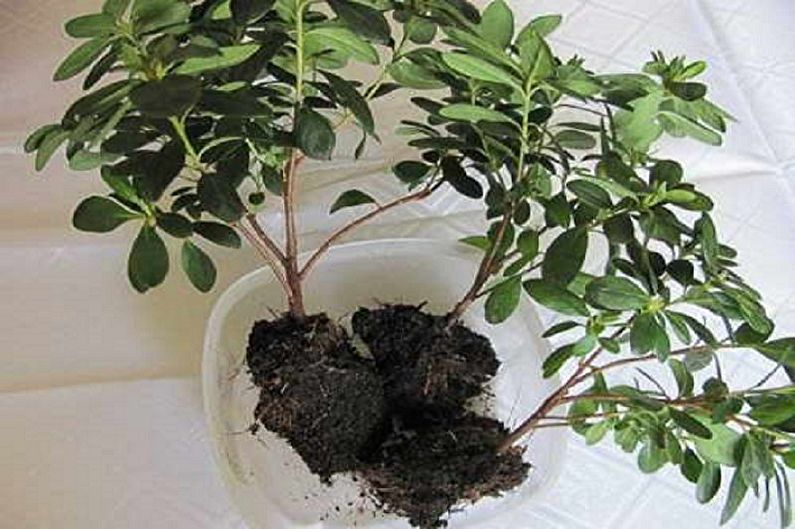
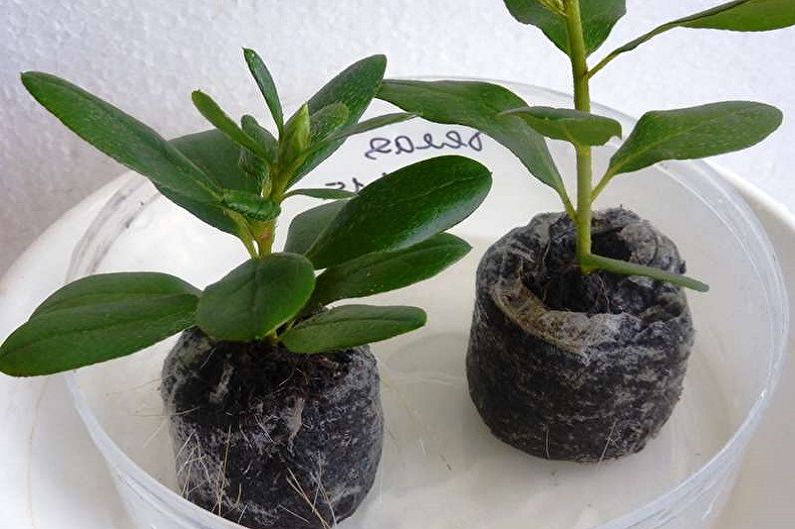
Rhododendron (azalea) - photo
In the photo gallery collected on this page, we suggest looking at the options for using rhododendron (azaleas) in landscape design. We offer you high-quality pictures of the most beautiful parks and gardens, where its abundantly flowering bushes can be seen in the greatest possible splendor.
Also, delicate azalea inflorescences also look beautiful on window sills, porches, in greenhouses and greenhouses. To admire the bright bouquets of rhododendron, now it is not necessary to climb the tops of the mountains - you just need to find inspiration in these pictures and plant an alpine "pink tree" in your own area.
